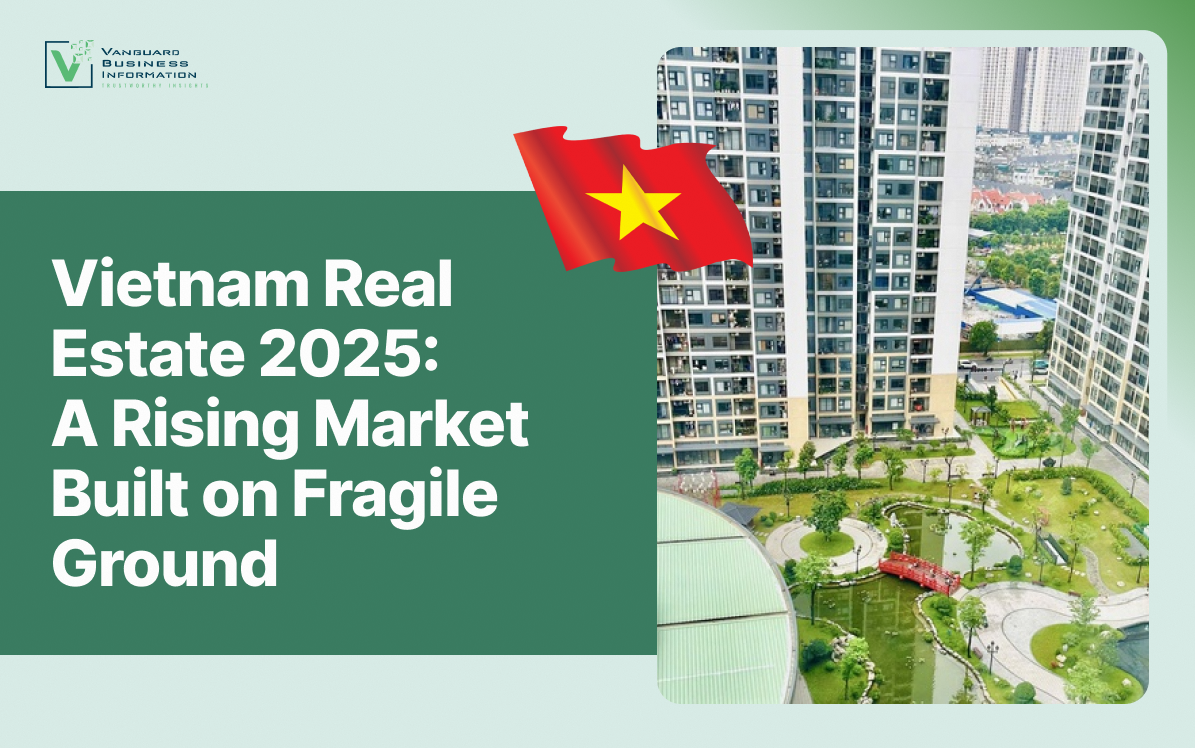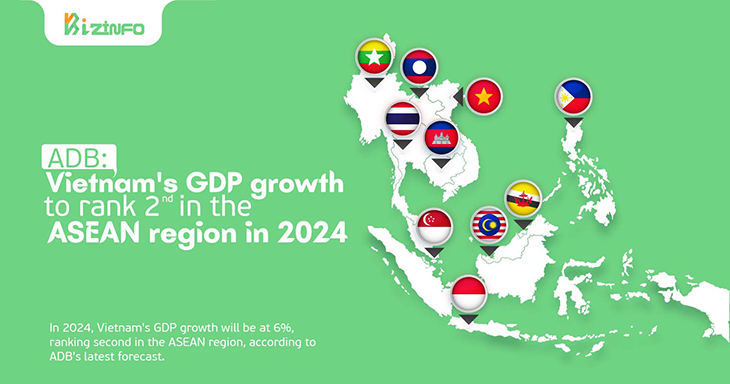Published Oct 2025
Vietnam Real Estate 2025: A Rising Market Built on Fragile Ground
Vietnam’s real estate is rising fast, but the ground beneath is shaky. Prices soar while incomes stall. Hanoi and Ho Chi Minh City shine, yet affordability fades. Investors chase suburban opportunities, but risk is growing. Q4 may bring selective growth, not a boom. This is a market that rewards caution, not hype.

Vietnam’s real estate market has navigated three quarters of 2025 filled with loud headlines and rising prices, but beneath the surface, a persistent imbalance remains. Demand is strong, yet affordability is strained. Capital flows in, but confidence stays uneven. Developers continue building, but buyers hesitate.
A Shaky Recovery
GDP growth looks impressive on paper, 8.23% in the third quarter, the highest in years if we exclude the post-COVID rebound. Infrastructure continues to advance, foreign investment flows in steadily, and manufacturing rebounds from earlier disruptions. Real estate, as usual, basks in the spillover.
Apartment searches climb again, listings multiply, and many brokers speak confidently, not heard since 2021. In Hanoi, Tay Ho and Ba Dinh are pushing prices to levels that middle-income families can only watch from a distance. In Ho Chi Minh City, luxury condos still dominate, leaving almost no space for affordable housing. The average price of a centrally located apartment is climbing toward 100 million VND per square meter, far beyond what a typical young professional couple can pay with regular salaries.
Provinces such as Binh Duong, Long An, Hai Phong, and Da Nang are buzzing outside the two megacities. Da Nang has seen a sharp increase in search activity, and Quang Nam has grown more than 50% compared to last year. The mood is more optimistic, but the fundamentals are not entirely solid. Many investors are chasing potential rather than actual demand.
High Prices, Thin Foundations
Prices rise faster than incomes. Once designed for workers and lower-income households, social housing faces record hikes. Even the Ministry of Construction has stepped in, asking Hanoi to inspect the numbers. When social housing becomes unaffordable, something is wrong at the base of the market.
The gap between asking price and real transaction price is widening. Brokers report strong interest, but conversions remain lower than the surface numbers suggest. Projects from big names such as Vinhomes, Novaland, Nam Long, and Masterise Home still attract capital, but many smaller developers struggle to clear inventory. The buyers who enter the market are either cash-rich or speculators, not wage earners.
Tightening Around the Edges
The government is not ignoring the risk. Credit remains under tight control. Banks are cautious; interest rates may look stable, but loan approvals are slower, especially for speculative purchases. Developers face more scrutiny, and fast flipping is no longer as easy as two years ago.
This creates a different landscape for investors. Apartments in Hanoi and Ho Chi Minh City may hold value, but yields are low. Mortgage costs eat into profits, and rental income barely covers the monthly payments. Land plots in the surrounding provinces are heating up, but they remain vulnerable to policy shifts.
Looking Ahead: Q4 with Uneven Heat
The last three months of the year will likely show more signs of selective recovery rather than a broad rally. Demand for real homes will stay strong, particularly in the mid-range and well-located projects. Speculation will remain cautious.
Hanoi and Ho Chi Minh City will keep their position at the top of the value chain, but their high entry prices will squeeze investor margins. In the South, Binh Duong, Dong Nai, and Long An may enjoy another round of attention, supported by infrastructure and industrial activity. Da Nang and Hai Phong are likely to keep attracting capital, especially from investors betting on tourism.
The significant risk is affordability. If prices continue to rise at this pace, real demand may slow, leaving the market dependent on speculative money. That is never sustainable for long.
What Investors Should Watch
- Real prices, not just listings. Many units sit unsold even after months of marketing.
- Legal clarity and infrastructure delivery. Projects with clean titles and real transport connections will survive a slowdown.
- Credit trends. If banks get tougher in Q4, liquidity could dry up faster than expected.
- Government intervention. A sharper policy turn, especially in social housing or tax measures, can quickly reshape the market.
Vietnam’s real estate market in 2025 isn't collapsing, but it isn’t as robust as the headline figures imply. It favors patience, data, and caution over noise and hype. The next quarter won’t bring a storm, but it could be a moment when serious investors quietly move in and speculators step back.















